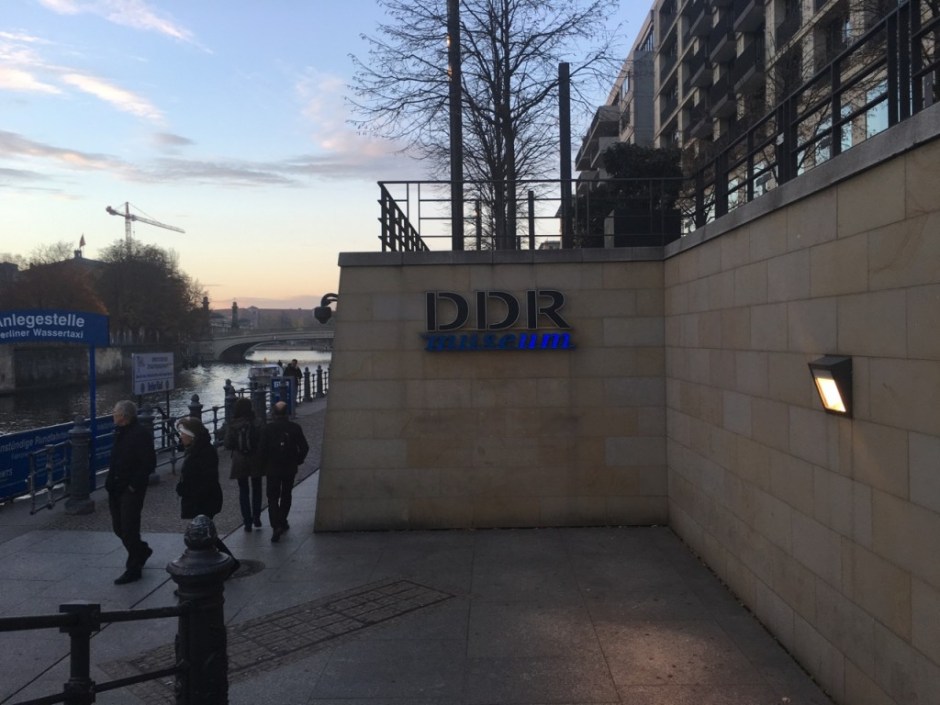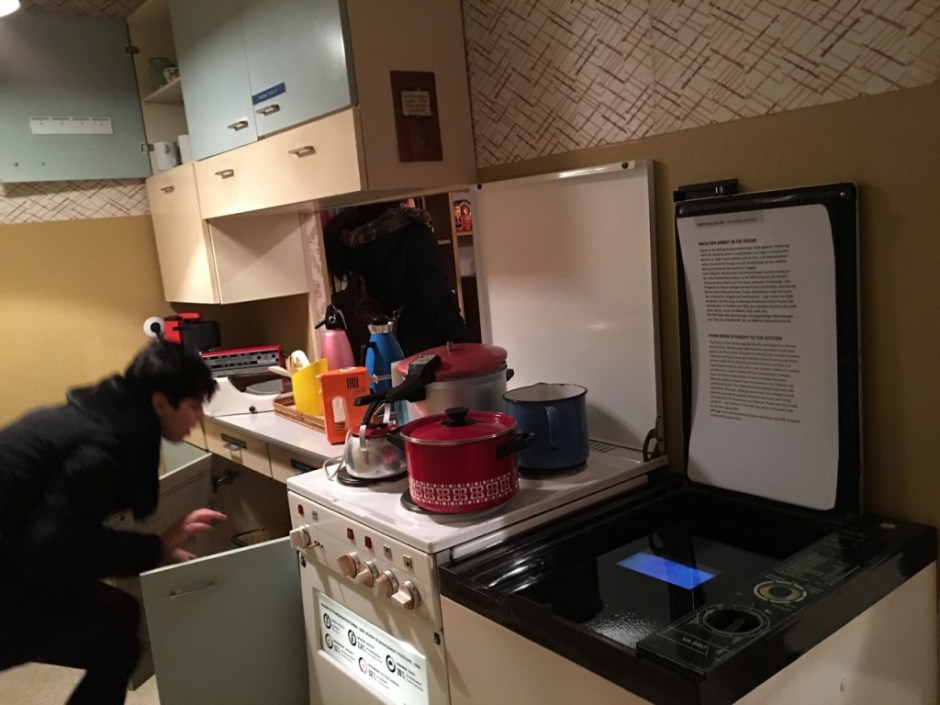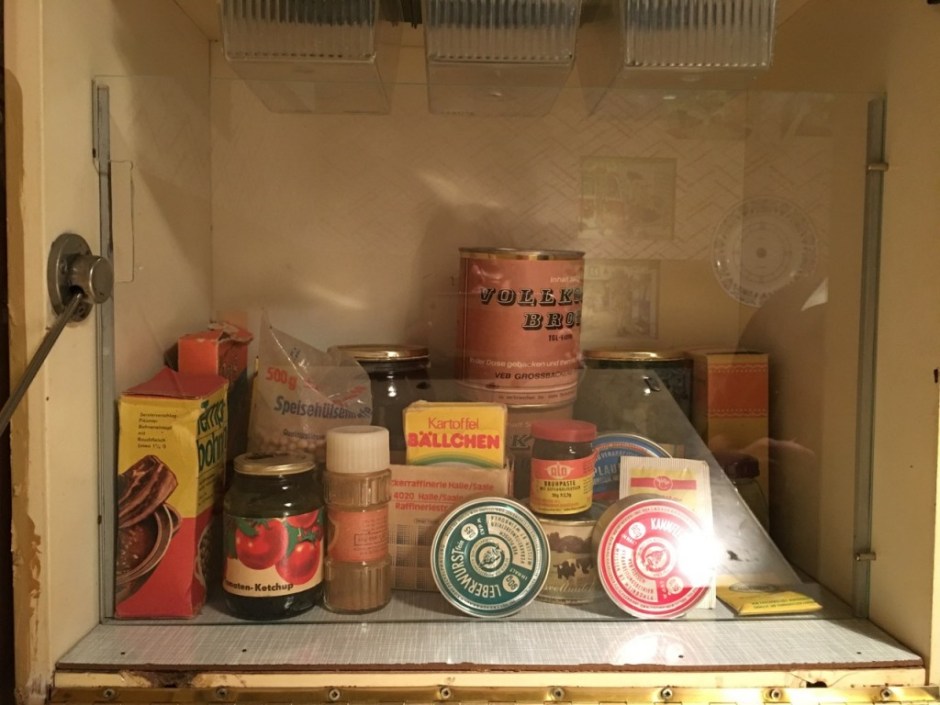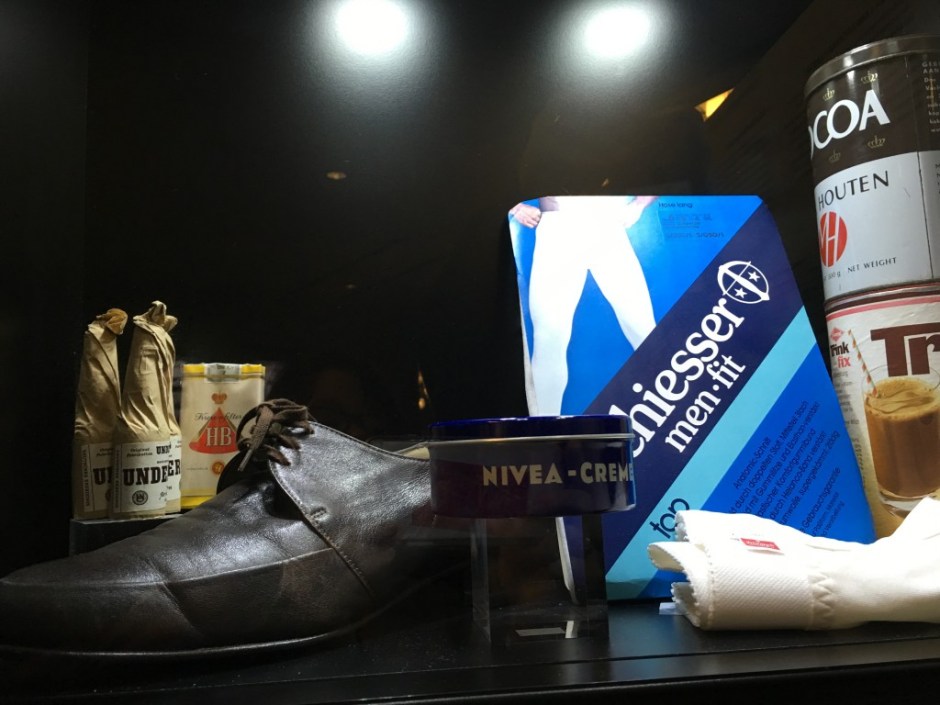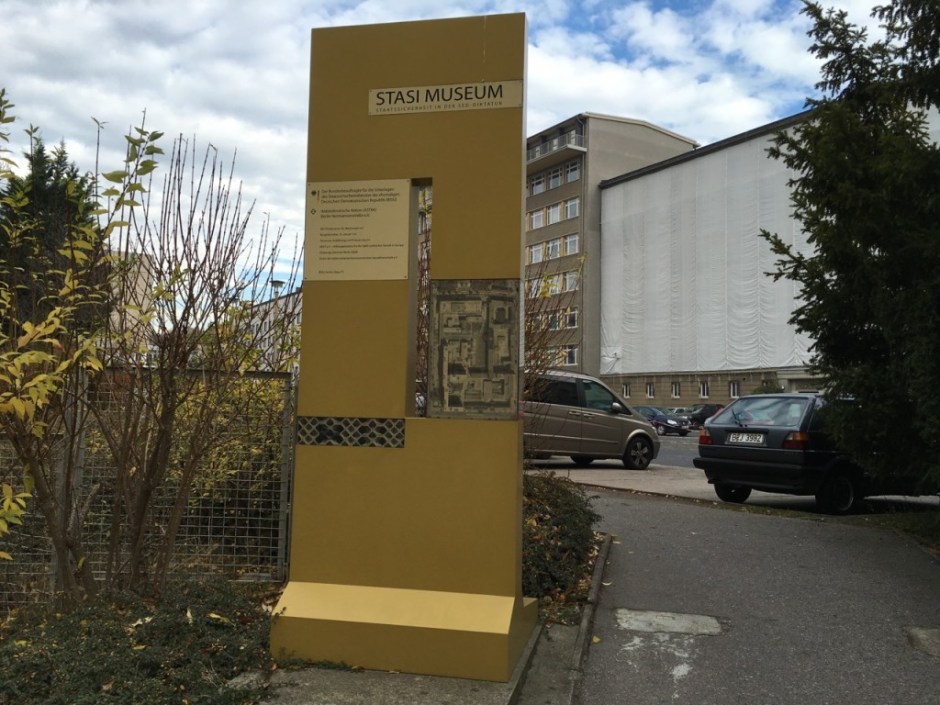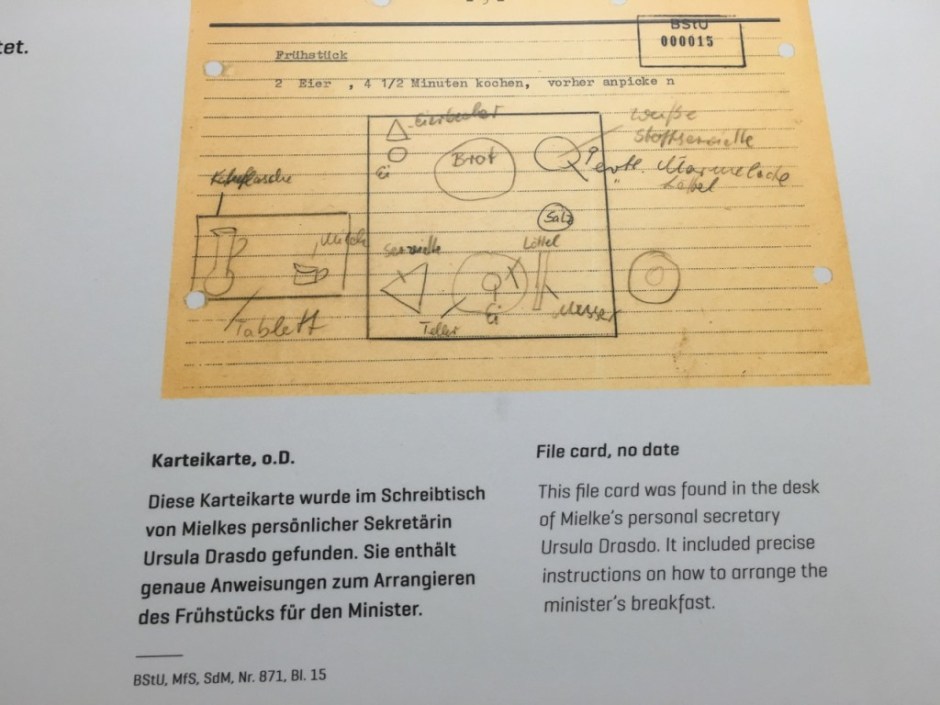A Look at Life in the DDR (German Democratic Republic)
Much of the world rejoiced when the Berlin Wall came down on Nov 9, 1989. Now 30 years later, two of Berlin’s museums give visitors a frighteningly clear view of what life was like for those caught behind the Wall when it was erected in 1961. Berlin’s DDR Museum ddr-museum.de on Museum Island, is a good starting point to witness life in the DDR behind the Iron Curtain.
The museum has an actual Trabant which was the only car manufactured in East Germany. Though costly, constructed partially from cardboard, and with a waiting list that could take 6 years or more– these small sedans were in high demand. It’s not surprising that Communist Party officials preferred Volvos. Visitors line up to sit in the driver’s seat and take a video- simulated drive through the countryside and city streets of the former East Berlin.
A typical East Berlin apartment has been recreated inside the museum giving visitors a very clear idea what home life was like, right down to to what usual furnishings would have looked like.

Books, magazines, television and decor give visitors a glimpse into home life in East Berlin during the Cold War.
Even an outdoor patio area has been included– complete with a lawn chair and the ever-popular garden gnome that apparently graced a good many gardens.
Food supplies were limited for most East German residents, as a glimpse inside a typical kitchen cupboard shows. Selections were extremely restricted and canned goods played a major role in menu planning.
Party higher ups had access to all the best the West had to offer and more, of course.
The DDR Museum has wardrobes full of clothing and advertisements of the “fashions” at the time– 10 to 15 years behind the styles those in the West were sporting. The fabrics used were ugly and uncomfortable and because fasteners were expensive, most garments had neither zippers nor metal closures of any kind. Levi’s and designer wear were reserved for those at the top, as the exhibits show.
Leisure activities are also featured, particularly the East German penchant for nude bathing and sun bathing which was in direct opposition to Communist Party policies. The Museum portrays these activities as subversive acts undertaken by far more than half the population. Photos show happy naked families enjoying outings in the great outdoors.
The museum also has news clips, videos and more that tell stories of daring escapes made to the West, including one failed attempt made inside the belly of a stuffed cow. Sadly, many failed attempts are heartbreakingly documented, as are some spectacular success stories.

A bleak, solitary cell is on display at the museum. Would-be escapees could well have landed in a cell like this one.
Propaganda videos of East Berlin residents discussing their life experience are included and some of those filmed even complain that their housing is inadequate, though they are optimistic that their next family lodging will be more expansive.
Military recruitment posters, Communist Party propaganda, social protocols– State sanctioned of course, are all part of the displays at the DDR Museum. It’s definitely worth a few hours to tour and explore this fascinating look at how people in the Eastern Sector really lived.
The DDR Museum is on the Berlin Welcome Card.
I Spy– the Stasi Museum
As we saw at the DDR Museum, life was not easy for most people trapped by the Berlin Wall in the East. Operating under the auspices of the Ministry of State Security, the Stasi, East Germany’s secret police, made sure that any dissent, real, or imagined, was immediately quashed. Known for their horrific methods of dealing with dissidents or provocateurs, they were indeed a force to be reckoned with and the Stasi Museum stasimuseum.de shows in great detail exactly how this secret organization carried out their reign of terror against ordinary citizens and perceived “enemies of the State.”
The Stasi’s responsibilities included recruiting spies to inform not only on those behind the Iron Curtain, but also on Western residents and businesses. It was not unheard of for the Stasi to grab people off the streets on both sides of the Wall, using vans disguised as delivery vehicles. The museum has an example of one of these and visitors can see how the inside of the van has been completely retrofitted into small individual prison cells. Many who were picked up in these vehicles were never seen again.

These ordinary looking vans were fitted out inside with individual cells for those unfortunate enough to be picked up by Stasi.
Neighbors were encouraged to report on one another as were family members, and as the records show, when the Berlin Wall crumbled, many relationships did too. It was not unusual for husband and wife to report on the other’s activities and when this came to light after Stasi records became public, divorces, already high in the East, increased dramatically.
People were not paranoid to think that their activities were being monitored. The Stasi photographed people at such mundane tasks as grocery shopping with cameras built into shopping bags. The museum has examples of ties with cameras, belt cameras, cigarette packages that are actually cameras and more. Those old spy movies were not far from the truth.

Cameras were built into everything from cigarette packets to watering cans during the Stasi’s reign.

The tape on this radio indicates the only “approved” stations Stasi office workers were permitted to listen to.
A training film on view shows how agents would enter a home, photograph anything they found of interest, steal items and in some cases, deliberately move items around to make the person “under investigation” feel like they were losing their mind. One case documented at the museum involved a psychologist who suffered from depression. The Stasi regularly entered her apartment, moved things around, even substituted her tea bags with another brand, and did other strange things that eventually led to her suicide.
Another former DDR resident learned that the Stasi let the air out of her tires daily making her late to work—something that had puzzled her for a very long time. This was another kind of psychological sabotage in their large arsenal of such trickery—all documented at the Stasi Museum. The videos of the subjects of such subterfuge were fascinating.
The museum has plenty of exhibits that document those who were responsible for the devastation this corrupt government organization wreaked upon those on both sides of the Iron Curtain. In fact, visitors can see the office of Erich Mielke, the last Minister of State Security, which is presented almost exactly as he left it.
Interestingly, many of the faces on displayed documents are blacked out likely because these individuals, who have never been prosecuted, are alive and well today.
For a chilling look at the Stasi’s operations, add this museum to your Berlin itinerary.


